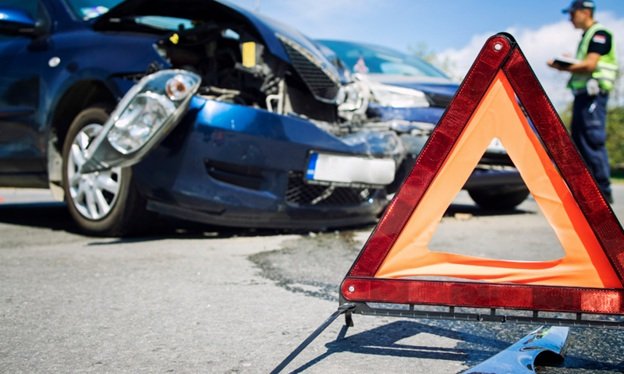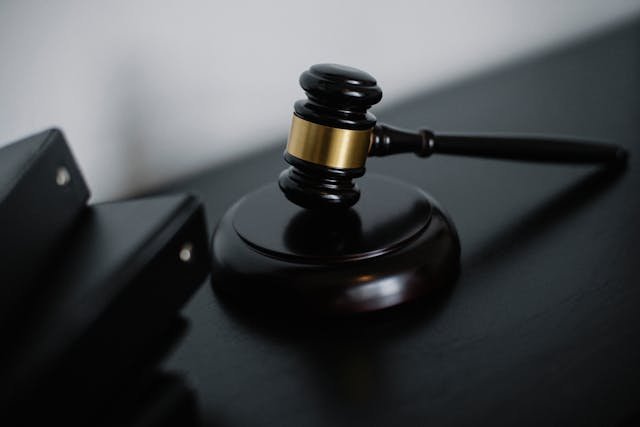
Poor road conditions are a major but sometimes disregarded element in car accidents, carrying risks beyond driver error. Hazards such as potholes, inadequate signage, and insufficient lighting can create perilous situations even for attentive motorists. Determining liability in these cases is complex, involving government agencies, contractors, and sometimes drivers themselves. It is essential for anyone pursuing accountability and compensation following a traffic collision to comprehend the legal duty assignment process.
1. The Many Faces of Poor Road Conditions
One unnoticed risk factor that leads to car accidents is poor road conditions. If you’ve been injured in a crash caused by unsafe roads, seeking legal help for car crash injury claims is crucial.
- Hazards like potholes can cause tire blowouts or damage suspensions, leading to sudden loss of control.
- Uneven pavement and cracks pose serious threats, especially to motorcycles and small vehicles.
- Missing road signage or faded lane markings make navigating difficult, increasing the risk of collisions.
- Flooded roads with poor drainage can cause hydroplaning or hide dangerous debris. Even a fallen branch or tire fragment can force a sudden swerve, resulting in a serious crash.
These conditions often stem from neglected maintenance or poor road design. They may be liable if a government agency or contractor fails to maintain safe roads. You can seek compensation from a knowledgeable attorney for your lost wages, medical costs, and pain and suffering following the investigation into the cause of your accident.
2. Negligence and Duty of Care
The core legal concept in road condition cases is negligence. Entities responsible for road maintenance, typically government agencies, must keep roads reasonably safe. If they know, or should have known, about a dangerous condition but fail to address it, they may be liable for resulting accidents. This duty extends to;
- Regular inspections and prompt repairs
- Installing and maintaining adequate signage and lighting
- Clearing debris and weather-related hazards promptly
If an accident occurs due to an ignored or inadequately addressed hazard, the responsible party may be found negligent under the law.
3. Who Can Be Held Liable
Depending on the situation, several people may be held liable for accidents brought on by poor road conditions. Such as;
- Government Entities
City, county, or state agencies are often responsible for public road maintenance. They can be sued if they fail in their duties, though special procedures and deadlines usually apply due to sovereign immunity laws.
- Private Contractors
Sometimes, maintenance or construction is outsourced. If a contractor’s negligence creates a hazard, such as failing to mark a construction zone, they may share liability.
- Property Owners
If the hazard comes from private property, such as debris overflowing into the road, the property owner may be held accountable.
- Other Drivers
In some cases, another motorist’s actions, such as dropping debris or causing an obstruction, may make them responsible for the accident.
- Partial Liability
More than one party can share fault. For example, a government agency and a contractor might be liable if their combined negligence caused the dangerous condition.
4. Proving Liability
Successfully holding a party liable requires demonstrating that;
- The hazardous conditions existed.
- The responsible party knew or should have known about it.
- Reasonable measures to address or alert people to the danger were not implemented.
- The condition directly caused the accident and resulting damages.
Evidence such as photographs, witness statements, maintenance records, and expert testimony is often critical.
To Wrap Up
When car accidents stem from substandard road conditions, pinpointing who is legally liable demands a careful legal analysis. Government entities, private contractors, and drivers may all bear some responsibility, depending on the circumstances and their actions. Successfully establishing fault often requires proving negligence in road maintenance or driver behavior. Recognizing the legal intricacies involved is essential for protecting victims’ rights and promoting safer roads for everyone.



